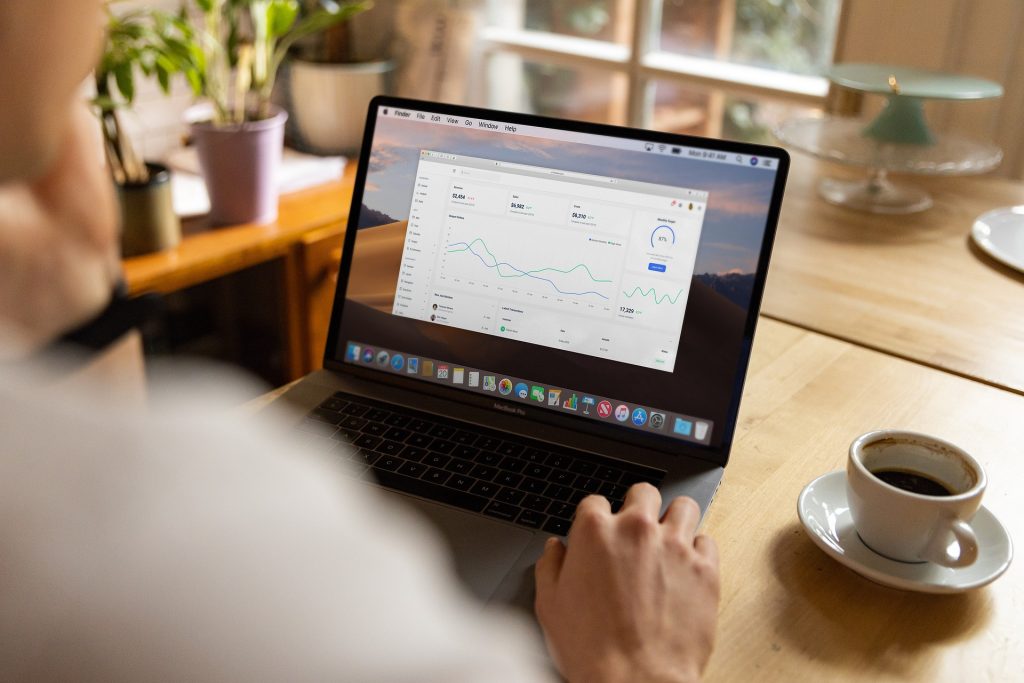On the face of it, hybrid working is the best compromise since sharing the TV remote control. A significant proportion of employees are demanding hybrid working, and for knowledge-based workers, it is quickly becoming the dominant work model.
Like a kale-based chocolate cake, hybrid working seems to offer the best of both worlds, combining the advantages of office-based and home-based work, while minimising their disadvantages.
At least that’s the received wisdom.
But hybrid models are such a new and massive shift in how we work that the team at ART Health wanted more evidence about its impact on wellbeing. So, we did our own research.
With the help of our data-gathering technology and helpful participants, we compared the wellbeing of hybrid workers with their office and home-based peers. We used a battery of wellbeing indicators, covering everything from mood to hydration status, from sleep to activity levels.
We ended up gobsmacking amount of information, running into thousands of data points. What we learned is that the benefits of hybrid working are less straightforward, and far less universal, than are commonly imagined.
On some wellbeing measures, hybrid workers showed better average scores than office-based peers. However, those averages often concealed a more nuanced picture. Here’s one example: in our study, hybrid workers took an average of 4.5% more daily steps than their office-based peers. That’s quite a difference, and given the connection between more daily activity and positive health outcomes, it’s an obvious win for hybrid working.
But a deeper dive into the numbers revealed that hybrid workers varied far more in their daily activity than their office-based colleagues. In other words, while the overall trend was for hybrid workers to be more active, some were doing far fewer steps than the least active office workers. For any employer concerned about the long-term health of their employees, very inactive workers should be a concern.
As our full report shows, this same pattern appears several times. Hybrid workers show a far greater range in their mental and physical wellbeing scores than other groups.
In other cases, hybrid work appeared to have a net negative effect on health and wellbeing parameters. Some of these were surprises. For example, you might think that hybrid workers enjoy more comfortable ambient temperatures and quieter working conditions than office-bound employees. In fact, our results show the reverse, with fewer hybrid workers reporting working in comfortable conditions.
One size doesn’t fit all
Hybrid working has become so popular that it’s easy to believe everyone thrives on it — but in our view, that’s an assumption that has a human cost for employees and a financial one for companies.
Our research suggests that for some employees, a shift to hybrid work is by no means a trivial change. It may negatively affect an employee’s sleep patterns, nutritional habits, hydration, exercise and activity, mood, attitude to work, and physical comfort (try being optimally productive in a freezing cold home office!)
Taken together, these factors can have a significant impact on a company’s bottom line, primarily through lost productivity and increased absenteeism.
What’s the scale of the problem? Using our own and other current research, we’ve attempted to quantify it. Our hybrid working costs calculator lets you estimate the potential costs for your business of sub-optimal hybrid working.
Solving the hybrid conundrum
Though no one has a crystal ball, it certainly looks like hybrid working is here to stay. To get the most out of this new working model, organisations must think carefully about implementation, and to ask searching questions about how well it is working – not just for teams, but for individuals too.
In our view, the best way to achieve this is through data gathering. By looking systematically at employee wellbeing and productivity, organisations can base their strategies on firm evidence. This data can also be a good starting point for individual employee discussions about hybrid working.
For a more comprehensive look at wellbeing, productivity and hybris working, please download our white paper. ART Health supports organisations with office-based, fully remote and hybrid strategies — please contact our expert team today.
ART Health Solutions is a wellbeing consultancy, providing effective, science-based wellbeing recommendations. Our bespoke solutions are generated by gathering data directly from the organisation and its employees. For all enquiries, please contact our friendly team.
